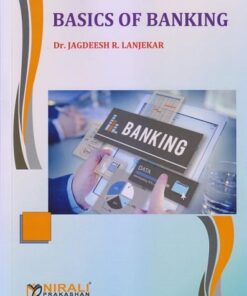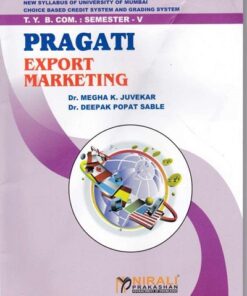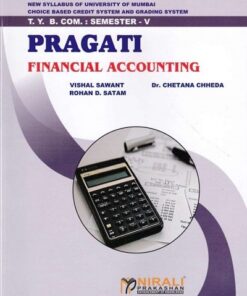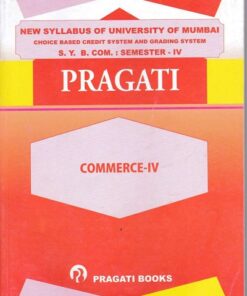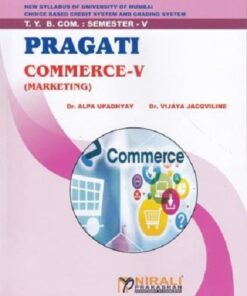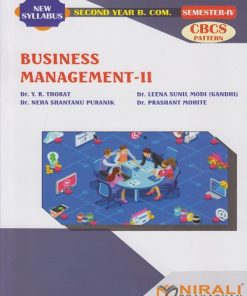Chpt 1. E-Commerce (Module I)
(a) Definition of E-commerce, Features of E-commerce, Types of E-Commerce (B2C, B2B, C2C, P2P), Limitation of E-commerce.
(b) Business models in E-Commerce (Advertising, Subscription, Transaction Fee, Sales Revenue, Affiliate Revenue), Major B2B models (Portal, Etailer, Content Provider, Transaction Broker, Market Creator, Service Provider, Community Provider).
(c) E-Commerce Security: Integrity, Non repudiation, Authenticity, Confidentiality, Privacy, Availability.
(d) Encryption: Definition, Digital Signatures, SSL.
(e) Payment Systems: Digital Cash, Online stored value, Digital accumulating balance payment, Digital credit accounts, digital checking.
(f) How an online credit card transaction works. SET protocol.
(g) M-Commerce (Definition and Features).
Chpt 2. Working on Multiple Spreadsheets on Excel 2010 (Module II & III)
(a) Creating and using templates, using predefined templates, Adding protection option.
(b) Creating and linking Multiple Spreadsheets.
(c) Using formulas and logical operators, Creating formulas that use reference to cells in different worksheets.
(d) Creating and using named ranges.
Chpt 3. Inbuilt Functions in Excel (Module II & III)
(a) Database functions : LOOKUP, VLOOKUP, HLOOKUP.
(b) Conditional logic functions : IF, Nested IF, COUNTIF, SUMIF, AVERAGEIF.
(c) String functions : LEFT, RIGHT, MID, LEN, UPPER, LOWER, PROPER, TRIM, FIXED.
(d) Date functions : TODAY, NOW, DATE, TIME, DAY, MONTH, YEAR, WEEKDAY, DAYS360.
(e) Statistical functions : COUNTA, COUNTBLANK, CORREL, large, small
Chpt 4. Data Analysis in Excel (Module II & III)
(a) Filter with customized condition.
(b) The Graphical representation of data Column, Line, Pie and Bar charts.
(c) Using Scenarios, creating and managing a scenario. Using Goal Seek. Using Solver.
(d) Understanding Macros, Creating, Recording and Running Simple Macros. Editing a Macro (Concept only).
Chpt 5. Introduction to Visual Basic (Module IV)
(a) Introduction to Visual Basic, Introduction to Graphical User Interface (GUI), Programming Language (Procedural, Object oriented, Event Driven), Writing VB projects. The Visual Basic Environment.
(b) Introduction to VB Controls : Text Boxes, Frames, Check boxes, Option button, Designing the User Interface, Default and Cancel property, tab order, Coding for controls using Text, Caption, Value Property and Set Focus Method.
Chpt 6. Variables, Constants and Calculations in Visual Basic (Module IV)
(a) Variable and Constant, Data Type (String, Integer, Currency, Single, Double, Date).
(b) Naming rules/conventions, constants (Named and Intrinsic), Declaring variables, Val function, Arithmetic operations, Formatting Data.
Chpt 7. Decision and Condition in Visual Basic (Module IV)
(a) Condition, Comparing numeric variables and constants, Comparing Strings, Comparing Text Property of text box, Compound Conditions (And, Or, Not). If statement, if then-else statement, LCase and UCase function, Using if statement with Option Buttons and Check Boxes. Msgbox (Message Box) statement Input Validation : Is Numeric function.
(b) Sub-procedures and Sub-functions, Using common dialog box, Creating a new sub-procedure, Writing a function procedure. Simple loops using For Next statements and Do while statement and display output using Msgbox Statement.
– Question Bank Practical Problems on Excel and Visual Basic
– Model Question Paper – Solved




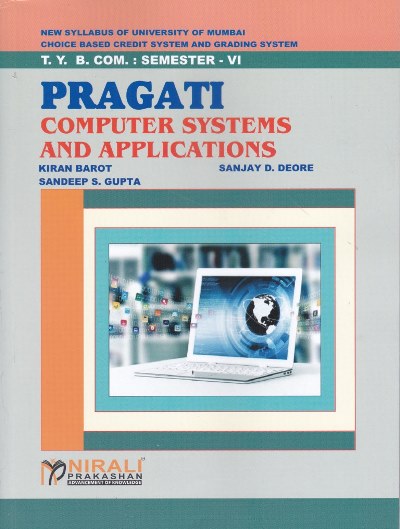
 Zoom
Zoom

